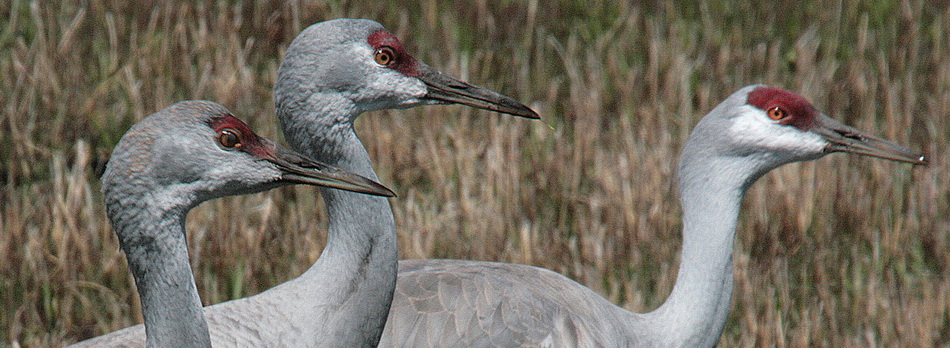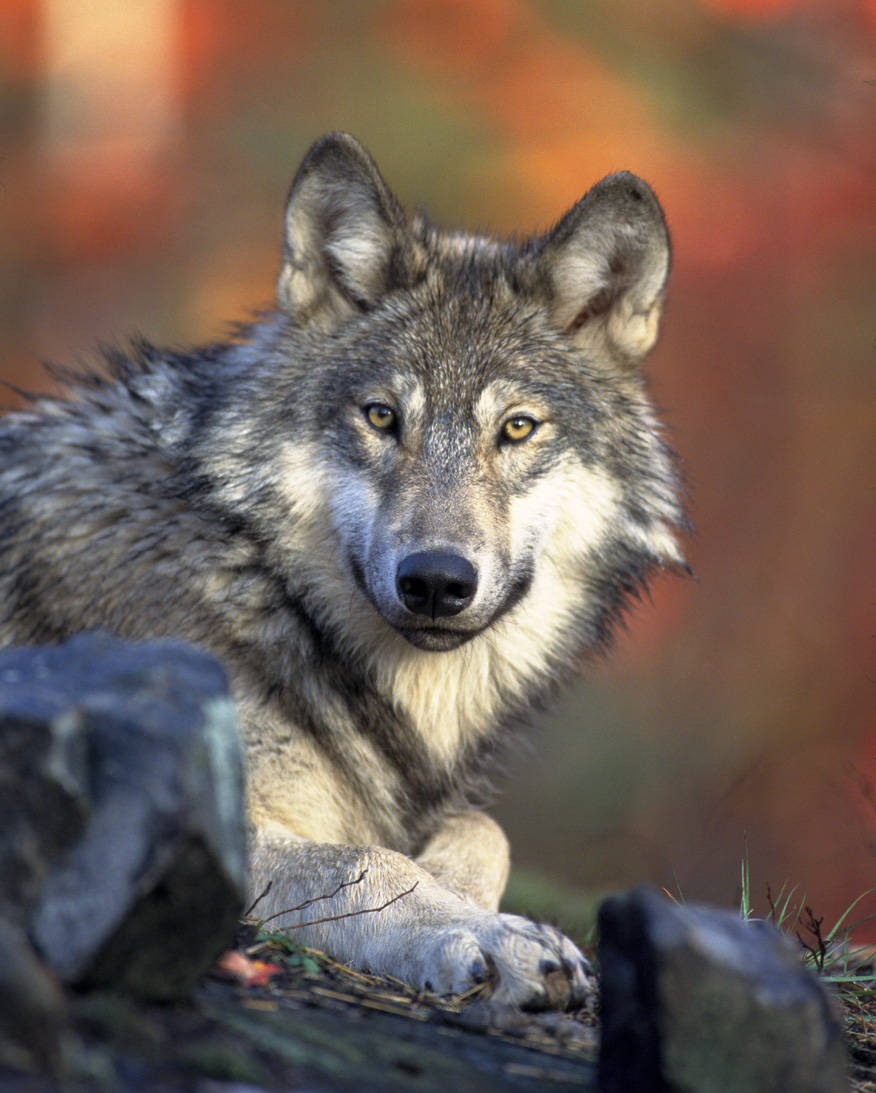The Malheur National Wildlife Refuge wasn’t widely known beyond the birding community until it acquired its current “Y’all Qaeda” infestation. Here’s some background, from NPR . . .
The armed militants occupying Malheur National Wildlife Refuge in Eastern Oregon come from as far away as Texas and Montana. But they are hardly the refuge’s first out-of-state visitors. Malheur Lake is a regional hub for hundreds of thousands of migrating waterfowl. By some measures, it boasts the greatest diversity of bird species in the entire state.
A century ago, that diversity attracted the attention of naturalist William Finley. He visited the lake in 1908 with his childhood friend and photography partner, Herman Bohlman. In an article in The Atlantic Monthly, Finley recalled: “Here we were standing on the high head-land looking out over the land of our quest. Here spread at our feet was a domain for wild fowl unsurpassed in the United States.”
Finley was so ecstatic that he fell out of his boat.

